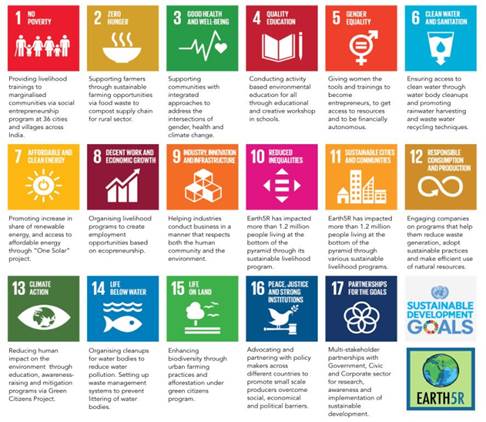Free Courses Sale ends Soon, Get It Now


Free Courses Sale ends Soon, Get It Now



Copyright infringement not intended
In News
Details
Related News
17 targets under the Sustainable Development Goals (SDGs)

Copyright infringement not intended
https://www.pib.gov.in/PressReleasePage.aspx?PRID=1861710
https://t.me/+hJqMV1O0se03Njk9
© 2024 iasgyan. All right reserved